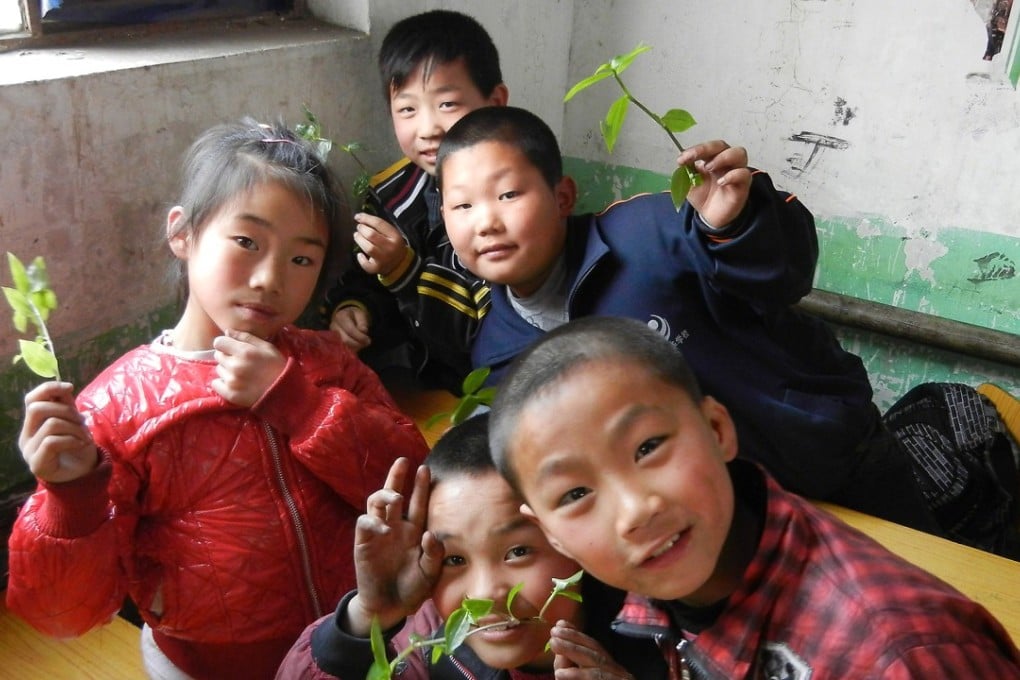Opinion | For China’s migrant children struggling to get into schools, policies may have changed but attitudes haven’t
- Manos Antoninis says policy changes to ease entry barriers are necessary but not sufficient, with new research finding examples of schools and teachers themselves becoming the new gatekeepers, keeping alive the discrimination

Policies have shifted over time to reflect the changes on the ground, allowing all migrant children access to schools, but mindsets take longer to shift. What we learn from China is that discrimination in education cannot be eradicated overnight.
China’s registration system, the hukou, was put in the place in the 1950s, classifying residents as rural or urban and linking access to services, including education, by their registered place of birth. In the early 2000s, more than half of migrant children in Beijing were attending unauthorised migrant schools that were considered of lower quality and lacking in qualified teachers and infrastructure. They were the lucky ones. Migrant children at that time were far less likely than their peers to go to school at all.
